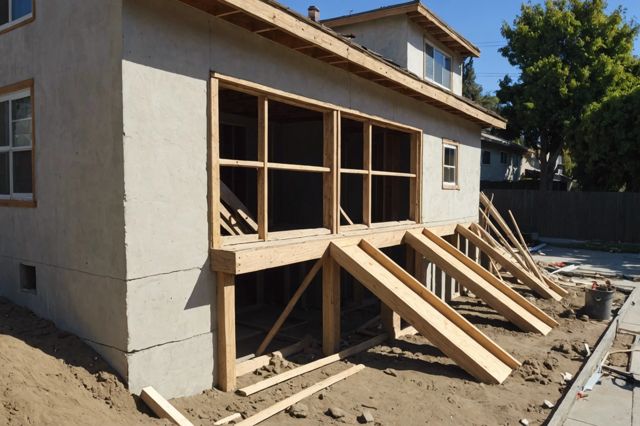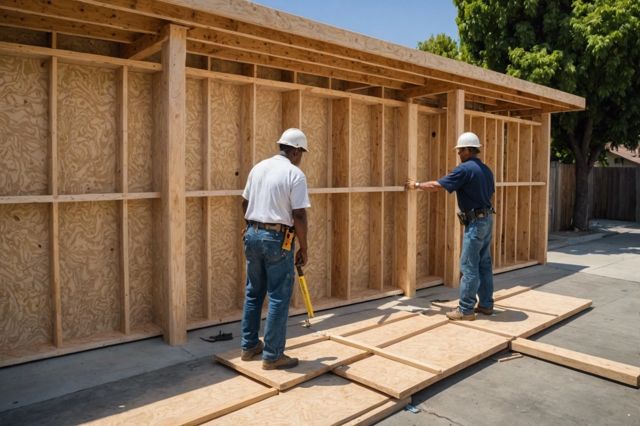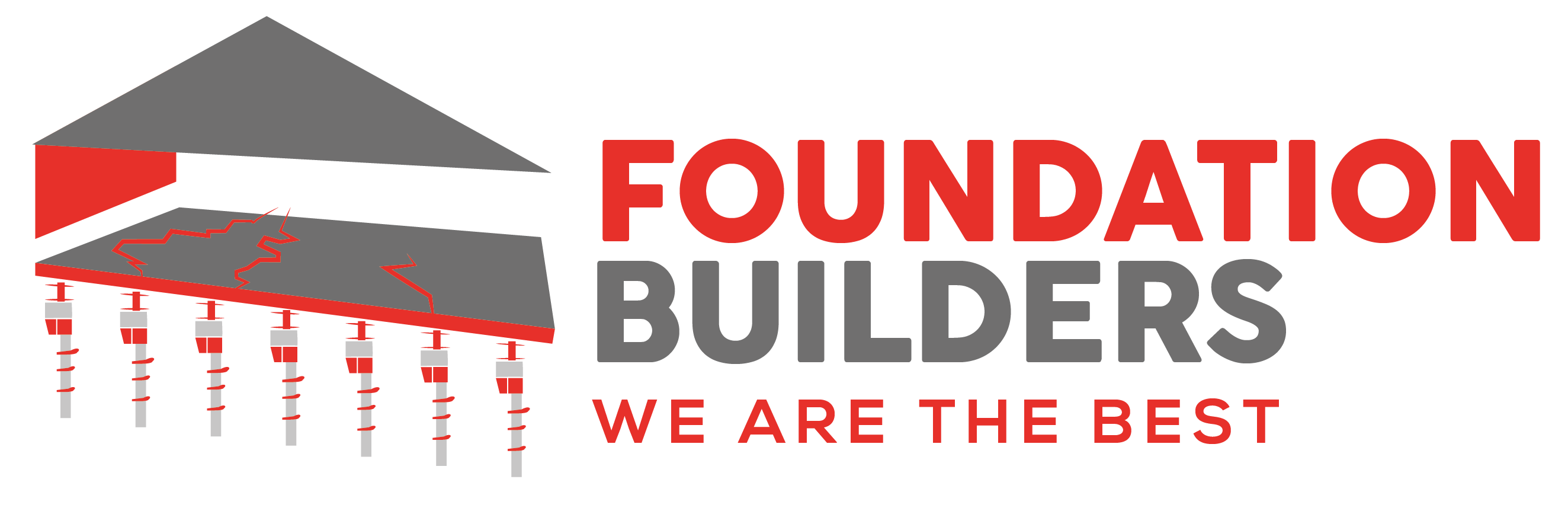Foundation replacement in Los Angeles involves bolting the mud sill and adding plywood to cripple walls, techniques that improve home resilience to earthquake forces. Following the city’s Standard Plan ensures these upgrades comply with safety regulations and increases overall safety and property value.
Understanding Earthquake Risks in Los Angeles
In this article, we simplify the official document that is available on Los Angeles city website.
Los Angeles is prone to earthquakes due to its location near several active fault lines. The region has experienced significant seismic events historically, emphasizing the need for preparedness. Key faults include the Elysian Park Fault, the Northridge Fault, and the Newport-Inglewood Fault. These faults pose a risk of major earthquakes that can severely damage unprepared structures.
Understanding the risks associated with these faults is vital for residents. Earthquakes can cause extensive damage to properties, especially those not built or retrofitted to withstand such events. Preparing your home to handle these natural disasters is not just a safety measure but also a financial consideration, as it can impact insurance and property ,alue.
The city offers programs and guidance on how to strengthen homes to withstand earthquakes. This includes securing the mud sill, the wood that rests directly on the foundation, which historically was not always bolted down securely. Bolting down the mud sill and reinforcing cripple walls with plywood are effective ways to enhance a home’s durability against earthquakes.
By taking proactive steps to retrofit homes and understand the seismic risks specific to Los Angeles, residents can significantly reduce potential damage and ensure a safer living environment.

Common Vulnerabilities in Los Angeles Homes
Many Los Angeles homes, especially those built before 1940, lack proper anchoring to their foundations. This flaw allows the ground and foundation to shift separately from the house during an earthquake, leading to significant structural damage.
Recent homes, even those with foundation bolts, are also at risk. Homes built up to the 1970s have shown failures due to weak cripple walls. These walls, which support the house and enclose the crawl space, often use materials like stucco or wood siding that don’t withstand strong earthquakes.
Key Vulnerabilities:
- Mud Sill Issues: Homes built before the 1940s often do not have the mud sill (the wood that rests directly on the foundation) bolted down. This can cause the house to slide off its foundation during an earthquake.
- Cripple Wall Weaknesses: Even bolted homes can face issues if their cripple walls are not braced with strong materials like plywood. Without this reinforcement, the walls can fail under earthquake stress.
Preventative Measures:
- Bolting the Mud Sill: Secure the mud sill to the foundation with bolts spaced at 4-6 feet intervals and within one foot of every joint.
- Strengthening Cripple Walls: Plywood should be added to cripple walls if they are only covered with weak materials like stucco or wood siding. This helps resist the forces of moderate to strong earthquakes.
Understanding these common structural weaknesses can guide necessary upgrades to enhance safety and integrity of homes in earthquake-prone areas.
DIY Seismic Strengthening Techniques
Securing your home against earthquakes is vital, especially in Los Angeles. Here’s a simple guide using techniques from the Department of Building and Safety’s Standard Plan:
- Bolt Down Your House: Ensure your home’s mud sill, the wood resting directly on the foundation, is bolted. This prevents the house from sliding off during earthquakes. Bolts should be placed at intervals of four to six feet and within one foot of every joint.
- Reinforce Cripple Walls: Cripple walls, the short walls between your foundation and the first floor, need to be sturdy. If they’re only covered with stucco or wood siding, they won’t withstand strong earthquakes. Reinforce them by attaching plywood sheets. This adds necessary strength to resist shaking.
- Consider the Materials: Check the strength of your foundation’s concrete and the condition of the wood framing. Replace any porous concrete or damaged wood to ensure structural integrity.
- Follow the Standard Plan: The City’s Standard Plan provides detailed instructions on how to properly secure and reinforce your home. It’s designed for easy understanding and application by homeowners.
By following these steps, you can significantly enhance your home’s earthquake resilience, making it a safer place for you and your family.

Professional Help and Building Permits
When planning to retrofit your home for earthquake safety in Los Angeles, seeking professional help is wise. Contractors or engineers can ensure the work meets safety standards. The City of Los Angeles Department of Building and Safety offers a Standard Plan for homeowners, which simplifies the process and ensures that retrofitting efforts are effective.
Before starting your retrofit, obtaining a building permit from the City of Los Angeles is necessary. This process involves:
- Preparing a detailed plan of the work to be done.
- Submitting the plan for review at a local Department of Building and Safety office.
- Paying a fee, usually under $150, which covers plan review, inspections, and permanent record keeping.
Remember, a building permit not only ensures safety but also maintains a record that your home complies with local codes. This can be beneficial for insurance purposes or future property sales.

Costs, Insurance, and Property Value Impact
Costs of Seismic Retrofitting:
- Seismic strengthening varies in cost depending on the condition and structure of the home. Most homeowners can expect to pay between $2,000 and $4,000 for professional retrofitting. Costs can rise significantly if major repairs like replacing foundations or fixing extensive damage are necessary.
Insurance Benefits and Considerations:
- Retrofitting your home can make it safer and may reduce insurance premiums. Some insurance providers might not cover homes that haven’t been retrofitted. Always check with your insurance company to understand potential benefits and requirements.
Impact on Property Value:
- Homes that have been strengthened against earthquakes are often more appealing to buyers in seismic zones. This can potentially increase property value and desirability.
Financial Aids and Incentives:
- The City of Los Angeles offers streamlined permits for earthquake retrofit projects, which can reduce costs. Additionally, certain retrofitting work may be exempt from property tax reassessment, making it a financially attractive option.
Resources and Contacts:
- For detailed plans and guidance, homeowners can pick up a Standard Plan set from the Los Angeles Department of Building and Safety. For more information, contact the Training & Emergency Management Division at (213) 580-1133.


